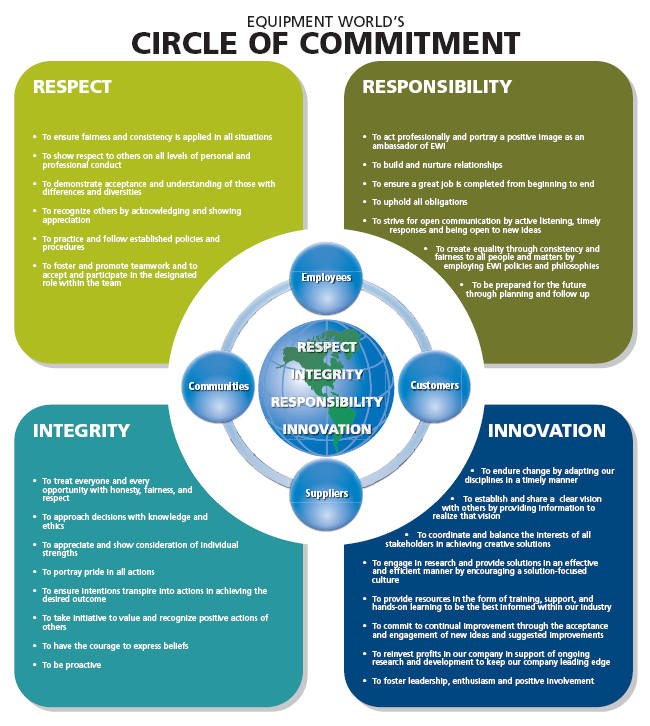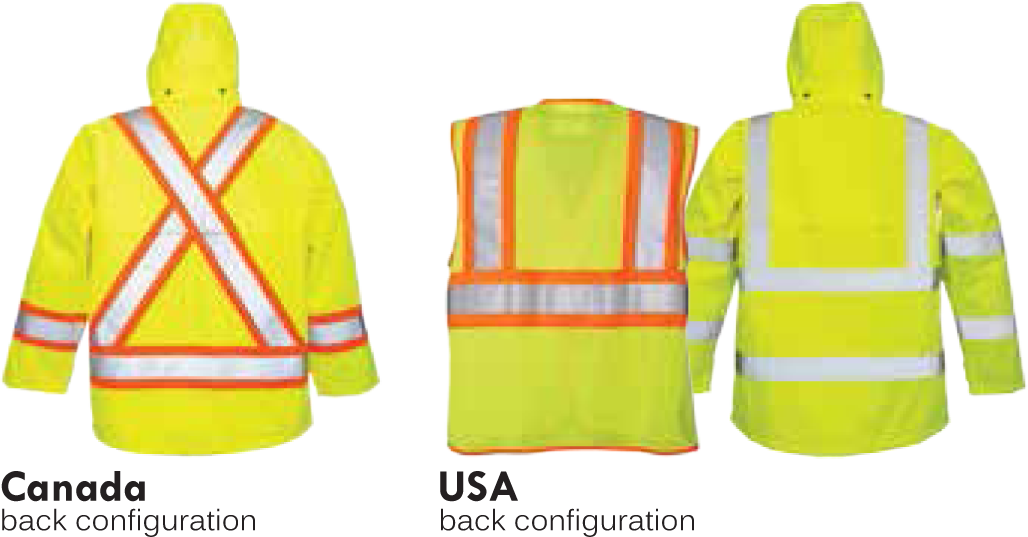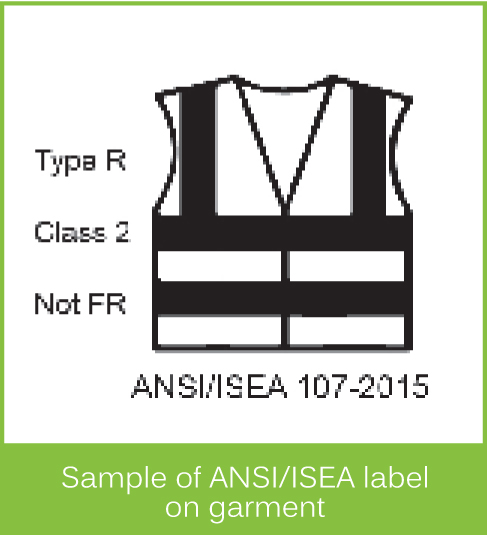About Equipment World Inc.
Equipment World Inc. is a Northern Ontario owned company, commenced operation in 1973 with the belief there was a need for a local source specializing in material handling, storage and packaging systems. We have since expanded to service all of Northern Ontario and produce our own catalogue to better assist our customers in evaluating their requirements. We stock a complete inventory in our 30,000 square foot main warehouse at 988 Alloy Drive in Thunder Bay. As well, our full service facilities in Sudbury and Sault Ste. Marie give our customers the opportunity to see the various products and discuss specific requirements at a local level.
Solution focused, we have a full service approach to provide the most efficient and effective answers for our customers. We provide technical consultation to assess customers needs via on site visits and computer design and layout capabilities with full turnkey project management.
Management Teams at Equipment World Inc. have many years of experience in our specialty markets. We give all customers personal service and technical assistance with any storage and packaging need. Local warranty , service and parts back all equipment sold.
Service facilities have been expanded with a competent staff of technicians, each one an expert in his specific area of repair. Equipment World has been a Toyota forklift dealer since 1976 and since then we have developed a strong network of service, parts and product knowledge, all easily accessible by a leading edge computer program. We also recondition, provide general repairs and contract maintenance programs for all types of material handling equipment specializing in Toyota, Genie, Gehl, Wacker Neuson, Blue Giant and Loadlifter.
Rental and Lease departments have a complete range of forklifts, lift platforms, booms, levelers and skid steer products available for our customers. All units in our rental fleet are current well-maintained models to guarantee the highest productivity and greatest safety to the user.
Operator Safety Training for Aerial Work Platforms, Forklifts, Lift trucks, and Propane Handling are available on a regular basis. These courses have been developed by Equipment World Inc. to comply with C.S.A , Ministry of Labour and Occupational Health and Safety Guidelines. All of our qualified trainers will provide certified training for our customers as part of our commitment to great service. These courses can be tailored to your specific needs and performed at your location or ours.
Packaging Products are readily available from our current stock. Items from packing tape to steel strapping to dunnage bags will insure your cargo is safe and secure during transportation.
Equipment World Inc. is a local company realizing that Great Value and Great Service are most important to our customers. We are committed to ensuring that you are a satisfied customer who has been supplied with quality products and value added service.
Equipment World is pleased to present our Mission, Vision & Values called our "CIRCLE OF COMMITMENT"
Making a commitment to corporate values in 2010, the management team conducted some strategic planning sessions and developed a formal Mission, Vision & Values statement for Equipment World. “We started by analyzing how we had been operating over the years and what we felt were integral aspects of our business and how each individual conducts themselves on a daily basis,” says Heather Syvitski, Corporate Marketing Director. “We wanted to create a visual that depicted our core values and incorporated our Customers, Employees, Suppliers and the Communities in which we live. We came up with our ‘Circle of Commitment’ that encompasses Respect, Integrity, Responsibility and Innovation.” Equipment World has many core values built into each of these statements and they feel it will be the driving force of everything they do for years to come.





